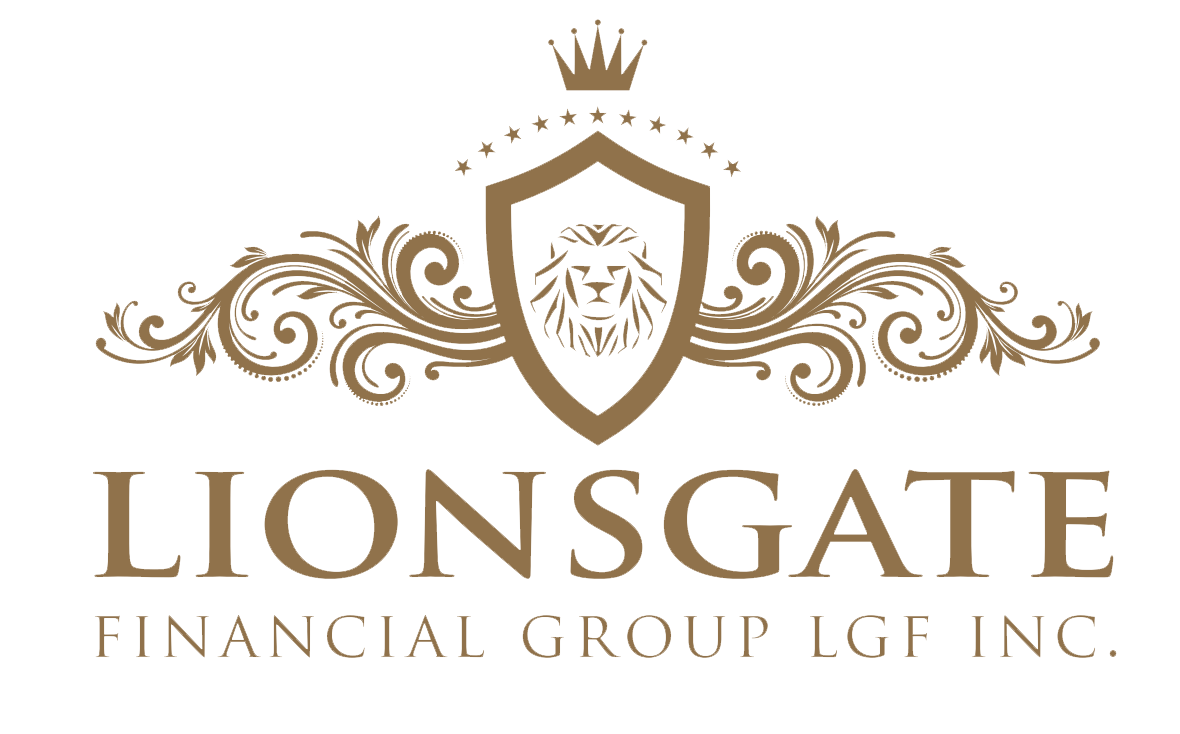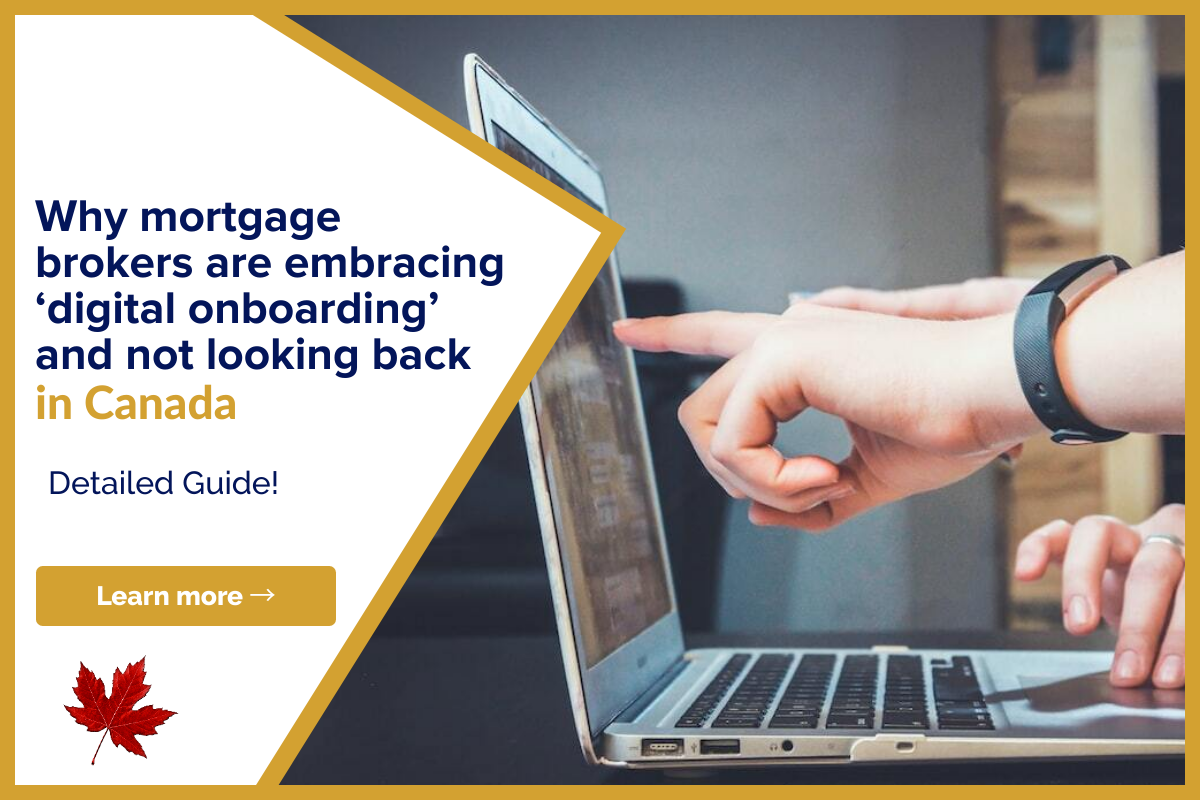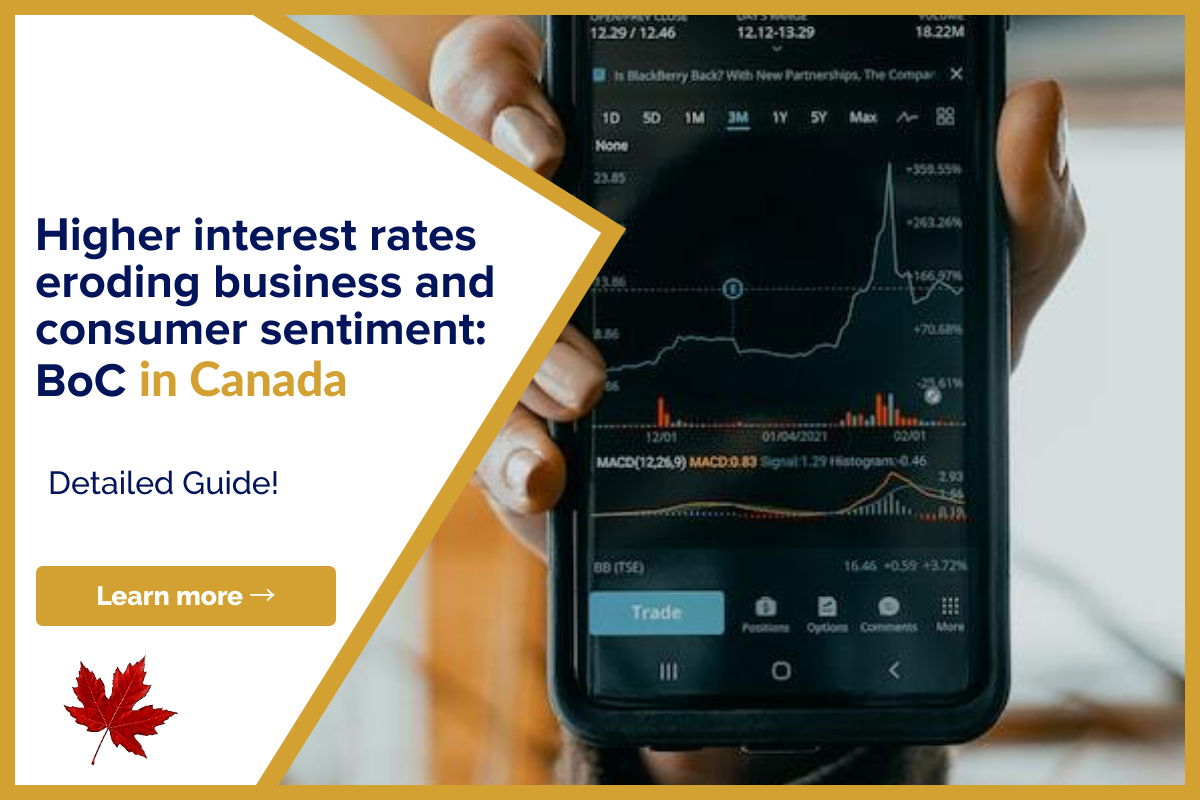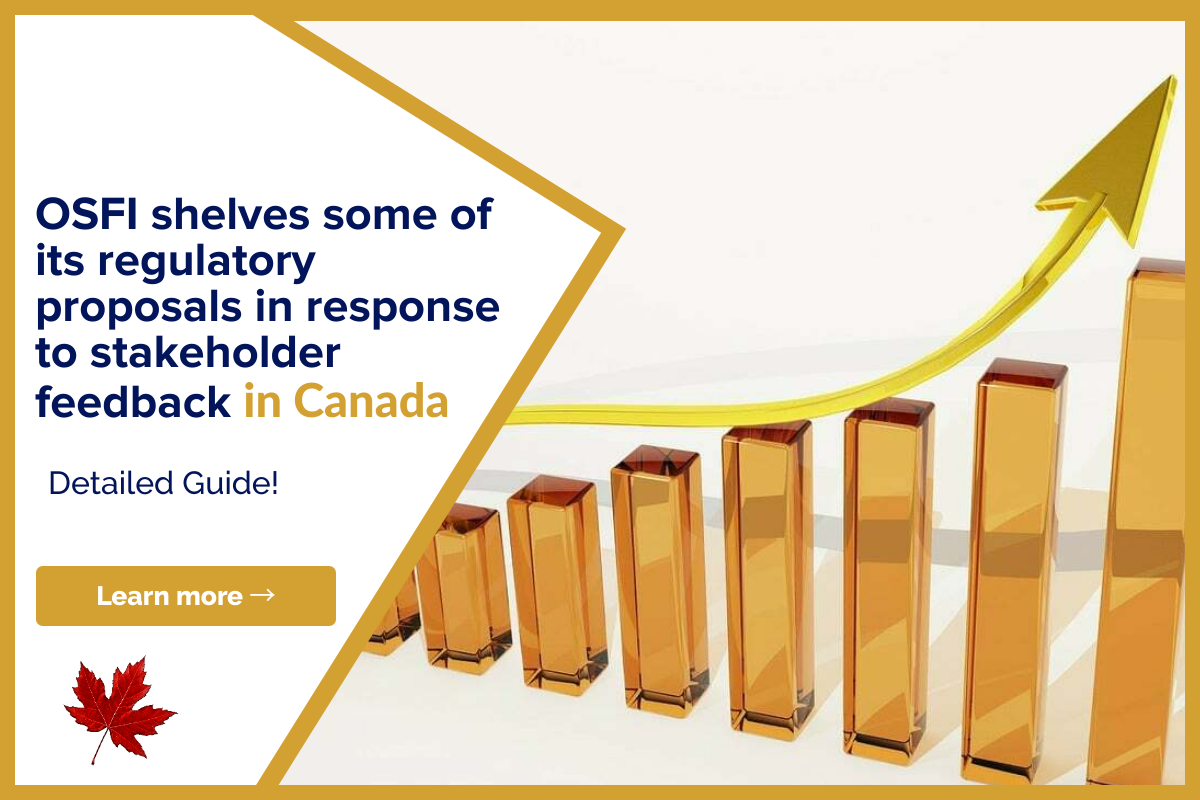During the early days of the mortgage business, brokers would require a lot of paperwork…
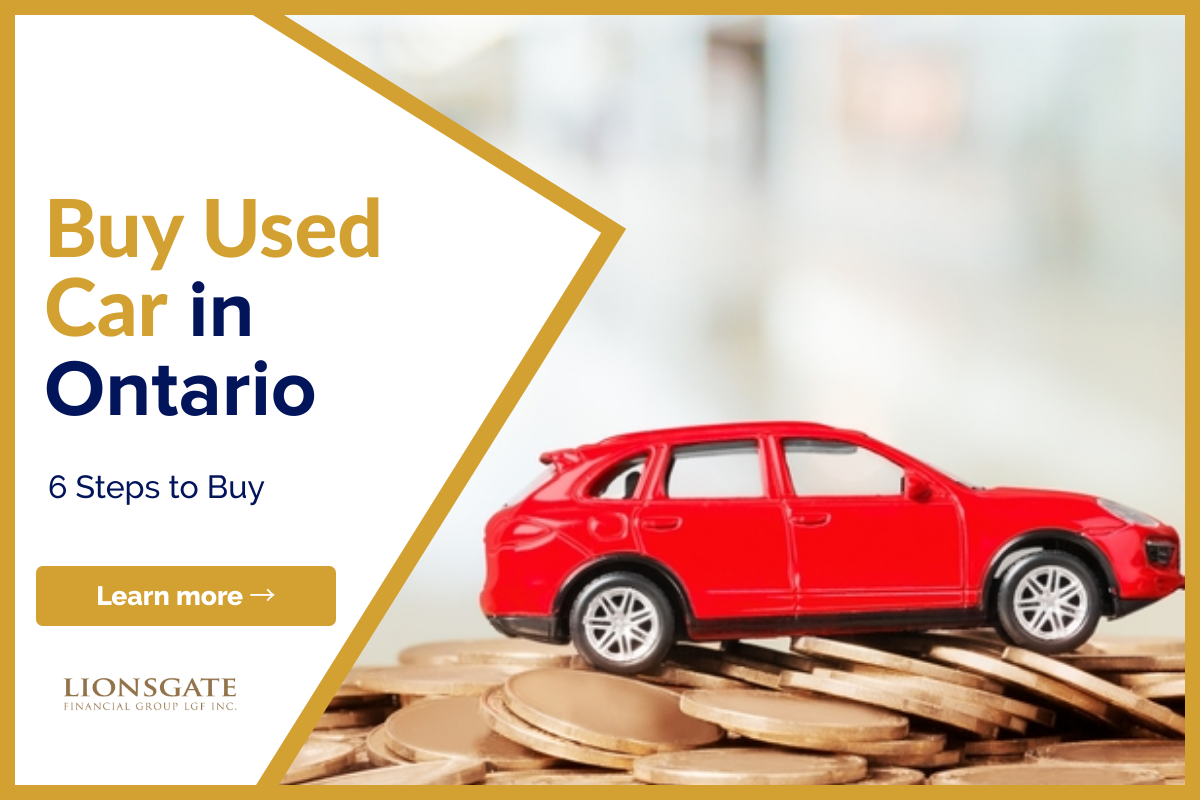
Buy Used Car in Ontario – 6 Steps to Buy
Now you can listen to our blog, “Buy Used Car in Ontario – Steps to Buy a Used Car” while on the go.
Buying a used car is an excellent way to save money over purchasing a new vehicle. However, you must go through a lengthy process that carries a higher risk for you as the buyer. We’ve put together this step-by-step guide to help buyers in Ontario understand what they’ll need to do so they don’t make costly mistakes.
 Step 1: Prepare
Step 1: Prepare
Before you start looking for used cars for sale, you need to do some preliminary work to make the rest of the process go more smoothly.
1.1: Select the Vehicle of Your Dreams
When looking for a vehicle, you should first determine what your needs are. Someone who lives and works in downtown Toronto would prefer a tiny hybrid vehicle that gets exceptional gas mileage and is easy to drive and park.
Meanwhile, someone living in Mississauga or Barrie who goes on weekend fishing trips might prefer a crossover SUV to fit their gear and deal with uneven country roads, while construction workers require pick-up trucks everywhere.
1.2: Create a Budget
To begin, sit down and make a budget. This comprises the maximum amount you believe you can afford to spend on a car, as well as all other payments and expenditures associated with car ownership. Taxes (HST), licensing costs, and license plates should all be considered.
Some individuals believe the general guideline is that your automobile should not use more than 20% of your salary. There are several additional fees to consider that will only become apparent once you purchase the vehicle:
- Depreciation – some cars lose value faster than others as they get older.
- Fuel economy might save or cost you a lot of money in the long run if you’re looking for a used automobile in Toronto.
- Insurance premiums vary depending on your age, driving history, and car.
- Fix and maintenance – certain automobiles are more dependable and less expensive to repair than others.
When deciding how much you want to spend on a used car, don’t forget to factor in these additional fees in addition to the purchase price.
Step 2: Do Some Research
This is an optional step. You can skip to Step 3 if you know your budget and just want to start looking at what’s available in your pricing range.
You can now begin your study to determine which used automobiles meet your criteria. There are several characteristics to look for in a vehicle to ensure that you get a used automobile that you like and can afford.
You can discover extensive breakdowns and comparisons of every vehicle on the market on the internet, allowing you to see which ones meet your criteria. You may also check how dependable a car is, how much it costs to repair it, and things like depreciation to get an estimate of its cost—to—own. The following are some of the greatest websites containing these resources:
You can construct a decent list of vehicles to target based on these reviews, ratings, and comparisons that suit your needs and fit inside your budget.
Step 3: Conduct a Search
Now you may start looking through classified advertisements and listings to see what’s available in your region. There are several various ways to look for used cars, each with its own set of advantages and disadvantages.
3.1 Know Where to Look for Information
You may look for used automobiles for sale using tools like these:
- Third-party websites, such as Kijiji and AutoTrader, display used vehicles for sale in your area from individual sellers and dealerships.
- Print Listings and Ads like magazines, newspapers, classifieds, and other
- Check out a used automobile dealer’s website or even visit their real lot to see what they have available.
Each of these has its own set of benefits. Third-party sites display more vehicles, but often do not provide as much information or are not as up to date when it comes to cars from dealerships.
3.2 Decide whether you want to work for yourself or for a company.
If you’re wondering what the difference is between buying from a private seller and a car dealership, keep in mind that each has advantages and disadvantages.
Condition
1. Private seller – a used vehicle is sold “as is,” which means that any issues that exist at the time of purchase are your responsibility.
2. Before being sold, used vehicles are frequently cleaned and repaired at a dealership.
Reliability
1. Private sellers – private vendors are more likely to be scammed.
2. Due to legal and industry constraints, a dealership cannot afford to be dishonest.
Choice
1. Typically, a private seller will only have one car to sell.
2. Dealership — will have a variety of vehicles to inspect and choose from on their lot.
Pre-Owned Certification
1. They are not available from a private seller.
2. Dealership – used autos that have been thoroughly inspected and may include supplementary manufacturer warranties.
CarProof
1. A private seller with CarProof — does not have them
2. Dealership — can give an impartial report with more detailed and accurate vehicle information.
So, while a privately sold car may be less expensive in general, it is less versatile in terms of selection and purchasing possibilities, and you, as the buyer, run a far higher risk of being scammed.
Step 4: Inspection
You can contact the seller and arrange to see the vehicle in person once you’ve discovered one that meets your demands and budget in your search. This is your opportunity to ask the seller or salesman more questions about the vehicle, inspect its history and relevant documentation, and ensure that you are not being taken advantage of.
4.1 Inspection and Road Test
Visually inspect the exterior, interior, and engine of the vehicle to see if there are any signs of damage. If everything appears to be in order, request a test drive to ensure that it is comfortable and runs smoothly. If they refuse to let you inspect the vehicle or take it for a test drive, that’s a warning flag that they’re not being completely honest with you.
4.2 Examine the Files
Request to examine the vehicle’s correct documents to ensure that everything is in order. The following should be included:
- UVIP (Used Vehicle Information Package) – contains all pertinent information about the vehicle, including its registration history and lien information.
- The car was certified safe to drive under Ontario’s legal standards, according to the Safety Standards Certificate.
- The car passed the Ontario Drive Clean Emissions Test, indicating that it complies with the province’s emissions regulations.
The UVIP is required since it contains all of the appropriate papers that must be completed and signed in order to transfer legal title. The other two aren’t legally required, but without them, you’re taking on a lot more risk and uncertainty as a buyer. Make certain they are completed before you acquire the vehicle.
Step 5: Make a Purchase
After inspecting the vehicle, if you are satisfied with its condition and documentation, you can begin the process of purchasing it from the seller. This entails negotiating and paying an agreed-upon price (plus any payments), as well as ensuring that all necessary paperwork is completed and transferred.
5.1 Work up a deal with the seller
Use the pricing research you did earlier on the same vehicle’s make, model, year, and condition. If the seller is asking for more, use your market research to persuade them to lower their asking price. Prepare to go away if they reject. You can have separate negotiations for each of the following while negotiating:
Selling Price: Because of how vehicles are priced these days with internet pricing guides, you shouldn’t expect to be able to negotiate this down much.
Trade-In Value: you can sell your old vehicle to the dealer and apply the proceeds to the purchase of your new vehicle.
Down Payment: If you’re paying with a lease or a loan, the down payment is the amount you pay upfront.
Monthly Payment: If you’re paying with a lease or a loan, your monthly payment is the amount you pay each month after the down payment.
The last two points are primarily relevant if you are purchasing a used vehicle from a dealership, as obtaining a lease or loan from a private seller is extremely difficult.
5.2 Select Payment Methods
You can pay for the vehicle in a variety of ways, each with its own set of advantages and disadvantages.
Financing: borrowing money from a bank or a car dealership allows you to pay it back over time, but it requires a long-term financial commitment.
Leasing: Leasing is extremely tough to obtain for used cars, particularly for newcomers to Canada who have little to no credit history.
Purchasing it outright: Entails paying the whole asking price upfront, but it saves you money in the long term.
When purchasing from a private vendor, you must normally pay in full. Flexible payment options are one of the advantages of buying from a dealership. In our guide to leasing and financing cars, you can learn more about each payment option.
5.3 Completing Paperwork
After you’ve decided on a final price and payment method, you’ll need to complete some final paperwork and exchange documents.
- UVIP – after the sale is done, the vendor must deliver the package.
- The seller and buyer must sign the Vehicle Permit as part of the Application for Transfer in the UVIP.
- Bill of Sale — seller must fill out their name with a signature, the date of purchase, and the selling price on this part of the UVIP Application for Transfer that both the seller and the buyer must sign
Once the ownership agreement is executed, the buyer receives full legal possession of the car.
Step 6: Registration
You are not yet completed once you have purchased your automobile from the seller; you still need to complete certain final processes to complete your legal ownership. This includes registering and insuring the car with the government.
If you buy from a dealership, they will provide you with the majority of the documents and may even offer to do some of the work for you for a fee. You will almost certainly have to perform a lot more work yourself if you buy from a private seller.
The Bottom Line
At Lionsgate, we specialize in helping people get the extra cash they need, obtain funding for private mortgages, as well as for other real estate transactions. If you are looking to buy land in Canada, get a mortgage or apply for a loan, fill the form below. Or, You can leave us a message and we will try to connect you with local lenders and sources that best meet your needs.
If you found this article helpful, please share it on your timeline and with someone you care about. Also, visit our blog to read similar helpful articles on finance, real estate, and getting mortgages.
